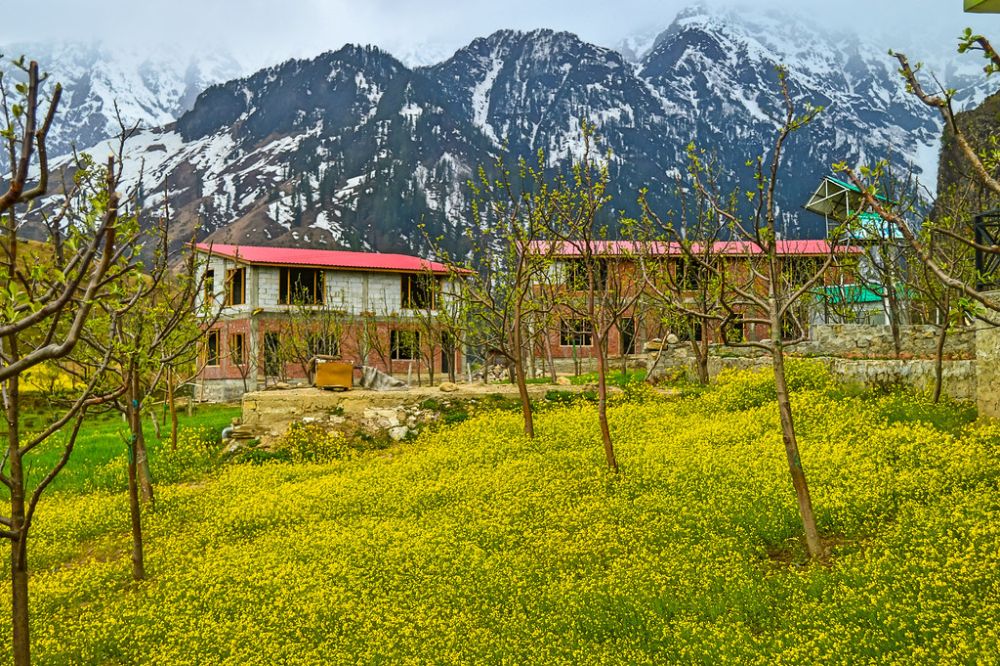

The quaint Kothi Village, located in the Kullu district on the way to the Rohtang Pass from Manali, has been an integral part of the Himachal Pradesh tourism tapestry. Owing to its scenic charm and proximity to the bustling town of Manali, Kothi Village has been a secret haven for visitors seeking tranquility away from the commercial tourist spots.
In the early days, Kothi served as a camping ground for traders and explorers journeying over the Rohtang Pass into the Spiti and Lahaul Valleys. With the increase in exploration of the Himalayas, particularly in the British colonial era, Kothi gained attention from those looking for new routes and adventures.
Post-independence, as infrastructure in Himachal Pradesh developed, Kothi became accessible to a larger number of tourists. Its pristine natural beauty, coupled with the cultural richness of the region, started to attract nature enthusiasts and those interested in the Himalayan lifestyle.
With the burgeoning popularity of its neighbor, Manali, in the 1970s and 1980s, Kothi also began to develop tourism-wise. Guesthouses, homestays, and small eateries began to emerge, catering to the needs of trekkers and tourists who preferred a more authentic Himalayan experience.
As adventure tourism took off in India, Kothi Village saw a surge in visitors looking to engage in activities such as trekking, camping, paragliding, and skiing during the winters. Its location as the gateway to the Rohtang Pass made it an ideal base camp for various treks and expeditions.
In recent years, sustainable and experiential travel have become popular, with tourists increasingly seeking immersive experiences. Kothi Village, with its lesser-known trails and authentic cultural interactions, has become a desirable destination for those looking to escape the commercial trappings of typical tourist havens. The village has also embraced eco-tourism, offering stays and experiences that have minimal environmental impact and promote local heritage.
Additionally, the Indian government's push towards the development of tourism in Himachal Pradesh has improved accessibility and facilities, while still retaining the village's charm. This has resulted in a spurt of visitors throughout the year, with peak tourist seasons in the summer months of May and June and the winter month of December for snow enthusiasts.
With the increase of digital nomadism and remote working conditions, destinations like Kothi Village are gaining popularity as long-term stay options for people who wish to work amidst nature. Its serene environment provides a peaceful workplace away from the bustle of city life.
As tourism trends continue to evolve post-pandemic, it is evident that Kothi Village’s tourism industry will keep adapting while ensuring that the ecological balance and cultural integrity of the region are maintained for future generations to cherish.